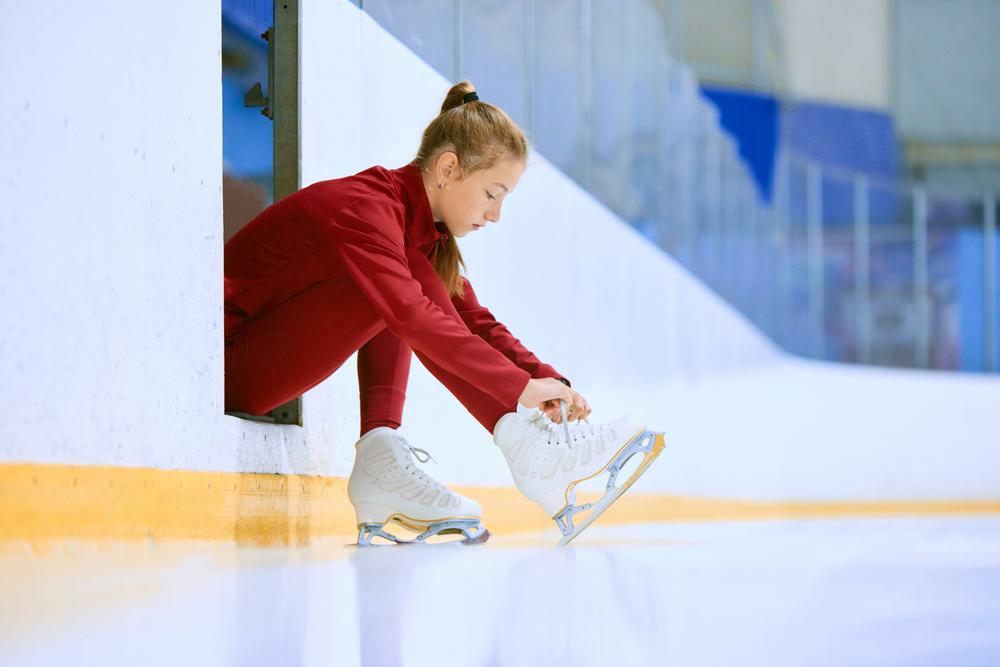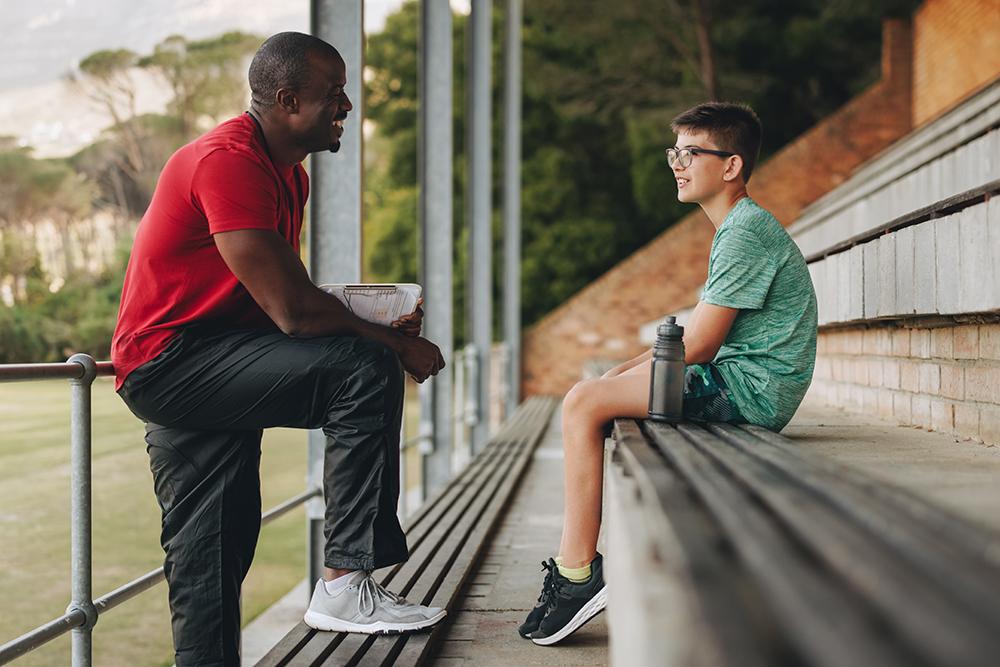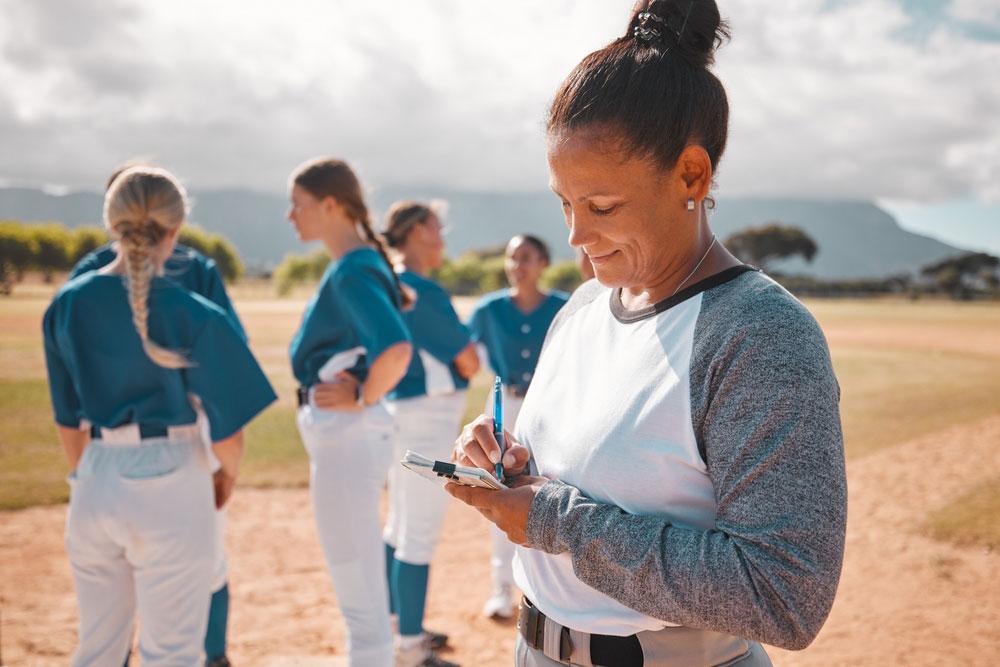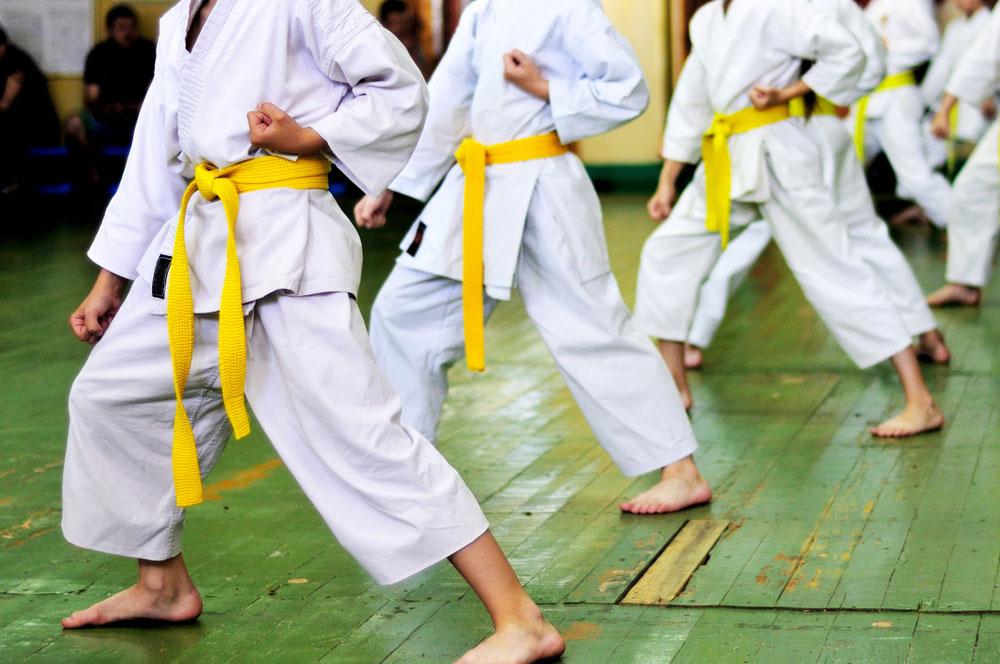 As a caregiver, your behavior around your athlete matters. If you’re yelling at the referee or blaming the coach for a bad outcome, you’re teaching your athlete to do the same. On the other hand, when you can model healthy behaviors around practice and competition, your athlete learns by observing you. It’s not always easy, but it’s an important part of being an involved sports parent.
As a caregiver, your behavior around your athlete matters. If you’re yelling at the referee or blaming the coach for a bad outcome, you’re teaching your athlete to do the same. On the other hand, when you can model healthy behaviors around practice and competition, your athlete learns by observing you. It’s not always easy, but it’s an important part of being an involved sports parent.
Charron Sumler, PhD, LPCC, TrueSport Expert and Assistant Director of Sport Psychology and Wellness Services at Ohio State University, likes starting with the three E’s of sportsmanship: prioritizing effort over outcome, practicing emotional regulation, and developing and using effective communication.
So, how can a caregiver or parent encourage effective communication that fosters sportsmanship? It comes down to setting appropriate expectations for your athlete and for yourself, regularly checking in, and offering cool down periods.
Setting Expectations
Parents often exhibit unsportsmanlike behaviors when competitions are not going the way they expected, or they feel helpless for themselves or their athlete. Focusing on the process of your athlete’s development will encourage you to focus on the things your athlete can control instead of situations outside of their control, such as poor officiating, weather, or playing time. “You need to start thinking about the effort your child puts in versus what they did in practice,” says Sumler. “See the child’s effort and not just their productivity. And help them understand that as well. When your athlete is prioritizing their efforts over their personal sport outcomes, it makes them have more sportsmanlike behavior naturally.” When athletes can see their efforts separate from the outcomes, they are more likely to feel empowered in sport versus resorting to poor sportsmanship to express their disappointment and frustration.
Simply put, rather than rewarding a winning performance, reward any performance where your athlete is putting in an earnest effort. Your soccer player may have missed making three goals during the game, but if they were following their process goals of being fully focused on the game, having awareness of the players around them, and passing the ball to teammates more often per the coach’s instructions, that game is a win—not a loss. This is harder to notice compared to the outcome, says Sumler. It takes more work on your part to notice effort, since the outcome is a lot more obvious. One way to practice this is by keeping a log of three things your athlete did to show positive effort during practices or games. This will allow you to focus on their effort and help them see the positives when they may struggle to do so. To take it a step further, make it a routine to share this feedback with them to model the practice.
It is important to note that focusing on effort over outcome can bring up a lot of complicated feelings for caregivers, especially caregivers who are heavily involved in their athlete’s sporting life. Sumler says that it’s important to do some inner work and ask yourself why you’re attached to any specific outcome for your athlete.
“Some parents can fall into reverse dependency theory, which is essentially when parents see their children as extensions of themselves,” she explains. “It’s natural, but what can happen with sports is that there’s an over-identification with the athlete, where the parent is now internalizing their self-worth in terms of the child’s performance. If the child does not perform well, the parent can take it personally. So, before you go sign your athlete up for a sport, be mindful of your relationship to that sport and how your reactions could play out.”
Sumler adds that even young children should be given a choice about what sport they want to participate in: Let your child know that there is no wrong answer. Just because you were a top water polo player, that doesn’t mean your child has to follow in your footsteps if they’re drawn to another sport.
Checking In
 Prior to games or competitions, it can be very useful to have a conversation with your athlete where you ask about their process goals and what they want to accomplish in the game. If passing the ball to teammates more often is a process goal for them, you can pay attention to how often they do so and prioritize that over how often they score a goal. This will allow you to develop healthy observation strategies instead of focusing on things outside of your control.
Prior to games or competitions, it can be very useful to have a conversation with your athlete where you ask about their process goals and what they want to accomplish in the game. If passing the ball to teammates more often is a process goal for them, you can pay attention to how often they do so and prioritize that over how often they score a goal. This will allow you to develop healthy observation strategies instead of focusing on things outside of your control.
After the competition or practice, you can once again engage in open communication where you discuss how well their process goals were met, what they want to work on in the future, and what they’re proud of from this game. As the caregiver, you can gently shift the conversation whenever your athlete starts to focus on the outcome rather than the effort that they put in. Sports often produce unfair situations and challenges that require problem solving, communication, and resilience. Developing a healthy way to check in will prevent the frustrations from building that often lead to burnout and an increase in unsportsmanlike behaviors.
Offer a Cool Down
Open communication and emotional regulation go hand-in-hand. Caregivers can help athletes learn how to better regulate their emotions—but it isn’t always easy, says Sumler. Often, caregivers themselves need to improve their own emotional regulation in order to help their athlete learn it. (If you’ve ever shouted at a referee, your emotional regulation needs work.)
“It’s helpful to set some boundaries or some rules before there are issues,” says Sumler. “For example, it would be great for parents to develop a routine for post-game. You can decide how you debrief with your athlete. If there’s a bad game or a big loss, do we talk about it, or do we have a cool-off period first? Establishing the setting for open communication helps make emotional regulation easier and any interactions more productive.”
Sumler notes that for caregivers, often the most important way you can help your athlete work through tough feelings and regulate their own emotions is simply to listen to them. “Don’t be afraid to pause and have silence during the car ride,” she says. “Parents need to remember that a young athlete is often—from a brain development standpoint—incapable of quickly regulating their emotions when they’re upset. Once the athlete has calmed down, then you can go back and have a calmer conversation about ways the athlete could better handle their emotions, but when they’re in the thick of feeling those feelings, that’s not the time.”
__________________
Takeaway
When it comes to teaching sportsmanship, it’s important to remember the three E’s: prioritizing effort over outcome, practicing emotional regulation, and developing and using effective communication. Effective communication means setting expectations, checking in, and offering a cool down period.



